With the absolute luck of living in the EU, quick weekend getaways can include places like Copenhagen. This is when I find myself wanting to snap my fingers in front of my eyes, jump up and down, and straight up pinch myself. If I’m still awake after, does this mean that this is really, really, really my reality? It is, and I hope this writing makes you feel like you’re tagging along to Copenhagen with me.
A little note: I added lots of my travel photographs to this writing, so it may appear truncated in your inbox. There should be a place at the top and bottom where you can click through to read it more easily in a browser.
Finn Juhl’s Hus
One of the greats of design, Finn Juhl, has created furnishings and objects that you’re likely to recognize. At the top of his oeuvre pyramid shines his home, located in a glitzy suburban neighborhood not too far from Copenhagen. The house was constructed in 1941-42 and boasts elements that appear simple, but are in fact quite inventive and deserving of the descriptive title GENIUS. For example, the entry lounge space has a wood ceiling that extends into a glass cabinet, which has metal light fixtures built into it. All completely seamless. I don’t have proper pictures of this detail partly because I was too busy staring at it with my eyes widened.
He remained in his home until his passing in 1989. His wife, Hanne, graciously donated the home to the Ordrupgaard Museum next-door, which I write more about below.
I’m confident when I claim that this house is in my top two favorite homes of all-time. Yes—it’s competitively tied with the Eames House on my list. When I’m designing my own living spaces, I always revisit images of Finn and Hanne’s quarters. Abstracted oil paintings, warm woods, walls of books, delicately built ceramics, trinkets full of unique histories, sunny pendant lamps, a hint of chrome to remind you of industry, slightly shagged rugs, etc. What’s not to adore?
Tiptoeing along the jute-blend protective carpeting and breathing in all of the home—it’s a feeling that made me thrillingly feel the most…me.
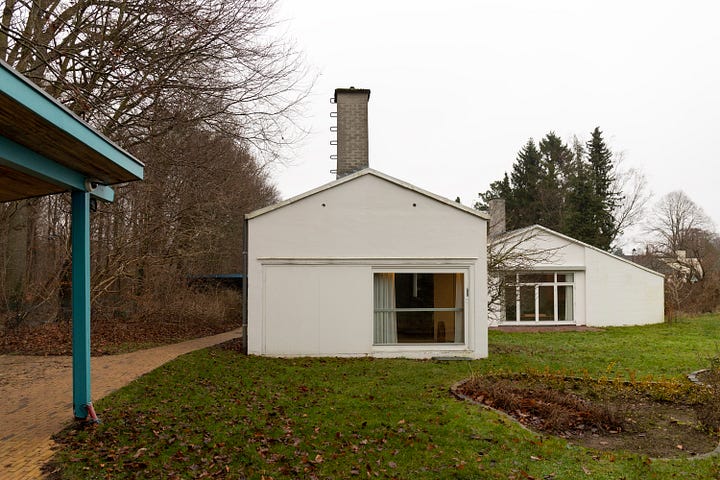
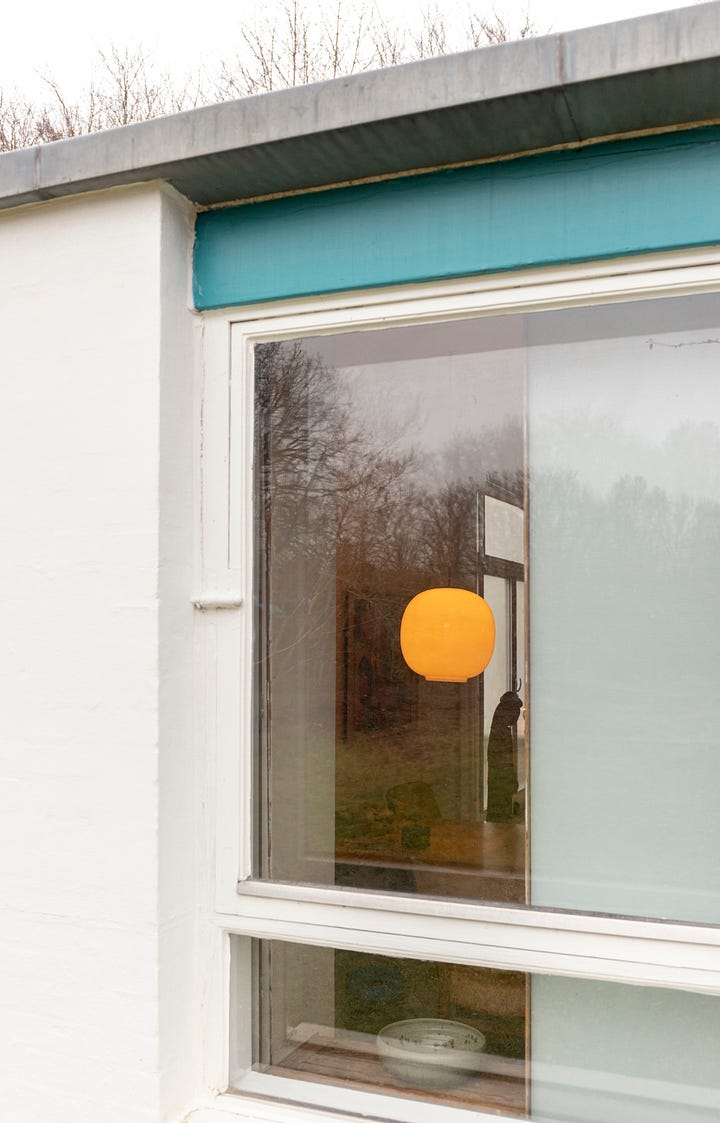
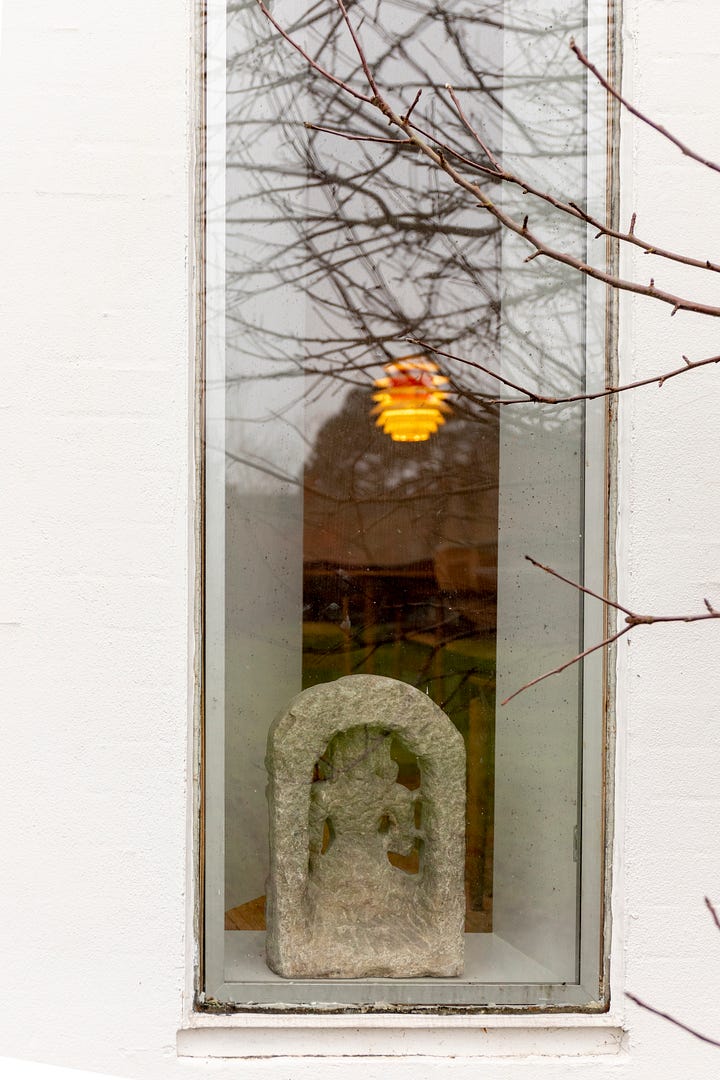
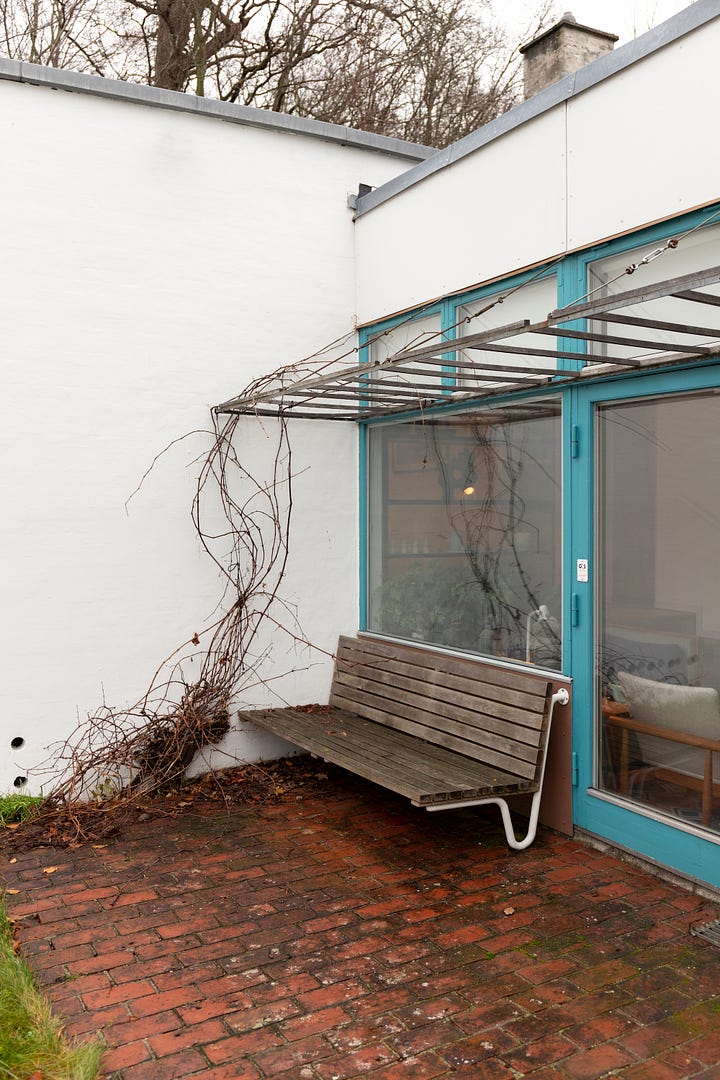
If you want to learn more about Finn Juhl and his design history, here’s a (long) snippet from the House of Finn Juhl’s site. It focuses mostly on his furniture designs, but since furniture is architecture on a more human scale, it will give you a sense of how he designed his home, too.
Initially, Finn Juhl wanted to become an art historian. Since his early years, he had been interested in fine arts. However, his father wouldn't allow a career in the arts. Instead, Finn Juhl enrolled at the Department of Architecture at the Royal Academy of Arts in Copenhagen. Finn Juhl began his studies in the 1930s, which was an important period in furniture design, when modern design started to emerge. While he was still a student, Finn Juhl started working with the prominent Danish architect Vilhelm Lauritzen in 1934. At his studio, he worked on major projects such as the Danish Broadcasting House and Copenhagen Airport. Finn Juhl was kept so busy, that he never finished his studies…
Like other modernist pioneers, Finn Juhl started from scratch without role models or inherited restrictions. He designed by measuring his own body and analyzing how the individual components of the chair should carry the human body. But contrary to his modernist contemporaries, with their streamlined, scaffolding-like structures, Finn Juhl aimed at a more organic and natural form. The potential strength of the material was utilised to the maximum just like in nature’s own constructions. As Finn Juhl translated his ideas into daring, supple joinery where each element of the design flowed seamlessly into each other, he also put enormous demands on the joiners who were to produce the design.
Rather than thinking in terms of practical construction, Finn Juhl had the mind-set of a sculptor, when he shaped a piece of furniture. In the 1940s and 1950s, this way of working had never been seen before. His ambition was to design furniture with movement and life. Finn Juhl took pride in making both the structurally supportive elements of the furniture and the seated person look as though they are floating. In some of his chairs, the backrest and the seat are almost invisibly joined, as if they were clouds floating through the room.
In creating his furniture, Finn Juhl worked with two elements: The carrying element, and the carried. He eventually became known for his special ability to separate the bearing parts from the borne. This is one of many examples of how he broke free from conventional working methods and found his inspiration in art.
The Danish home is open Saturdays and Sundays from 11am-5pm for self-guided visits and is absolutely worth the trek—even from internationally far-off places.
Paul Gauguin’s Portrait of a Young Woman. Vaïte (Jeanne) Goupil
We eagerly marched into the Odrupgaard Museum, the institution who manages: Finn Juhl’s home, a quite lavish early-1900s country home, and a permanent art collection within a cavern-like Zaha Hadid structure. The museum has an impressive French Impressionism and Danish art collection and a very lovely gift shop and restaurant. Imagine the joy of eating Risalamande for the first time—a Danish rice pudding with warm cherries and cherry sauce—while inside the architectural splendor of Hadid.
I made a beeline to a Gauguin painting (below) that I had seen in photographs. It radiated even more in person, with the young woman’s blue-emerald eyes drifting past me.
More about the painting, from the Ordrupgaard Museum itself:
The picture was painted in Tahiti and shows a French girl, Jeanne Goupil, who was the daughter of the lawyer Auguste Goupil, who had settled down with his family on a plantation near Papeete. Vaïte was her Tahitian name, and her father had ordered a portrait of her from Gauguin.
There is a penetrating Symbolistic atmosphere about the picture: the colours are strong, the wallpaper pattern and the mask-like face almost hypnotize the observer standing before the picture. As a portrait of a young girl the picture is extremely enigmatic. The depiction of the girl Vaïte is quite subordinated to the picture’s overall ornamental character. Gauguin has framed the girl and her dress with a blue contour line which helps to insist on the significance of line and surface rather than volume or a body. The sphere of dreams is characteristic of Gauguin’s pictorial world, and in a way parallels his idea of a dream-world far from European civilization.
It comes as no surprise that I bought a print of this painting in the gift shop. It will be impatiently awaiting framing so that I can have her stare at me—or past me—while I work.
Here are a few scenes from the French galleries:

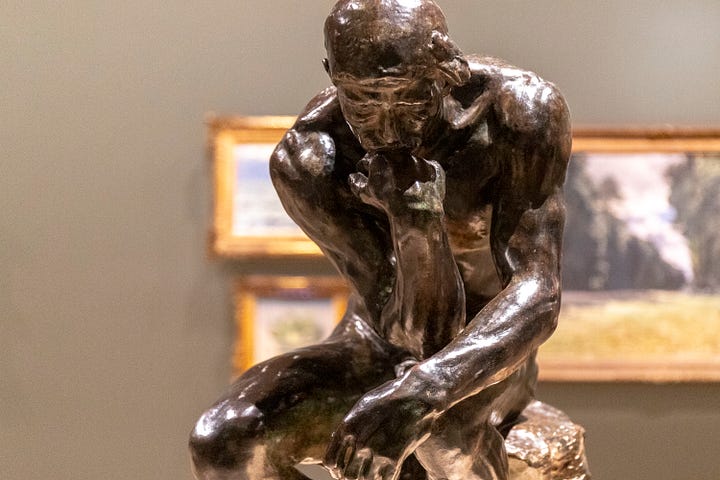
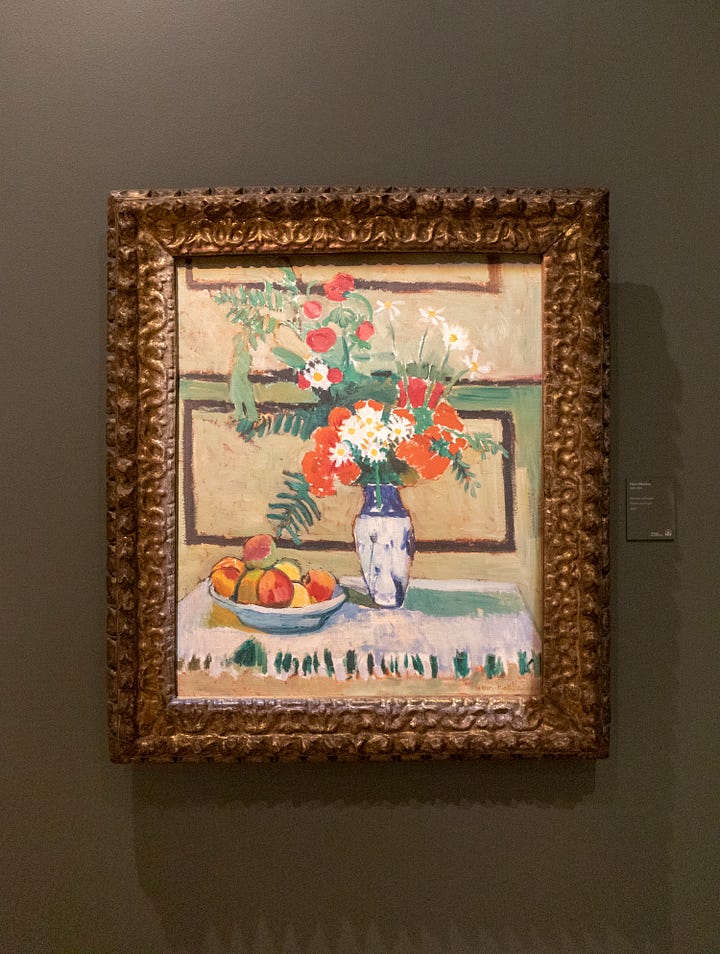

HAY House
To me, there’s almost nothing more romantic than a couple being able to work together on design projects, which is why I have long-obsessed over HAY, a design house started by Rolf and Mette Hay. I gave them an archive tour for a collaboration we worked on and besides being a total fangirl, I remember being stopped in my tracks by how humble they were. It made me love my Hay toaster, bedding, organizational crates, etc. even more. So, you can probably envision what it felt like to visit their flagship store: it was like meeting colorful friends for the first time.
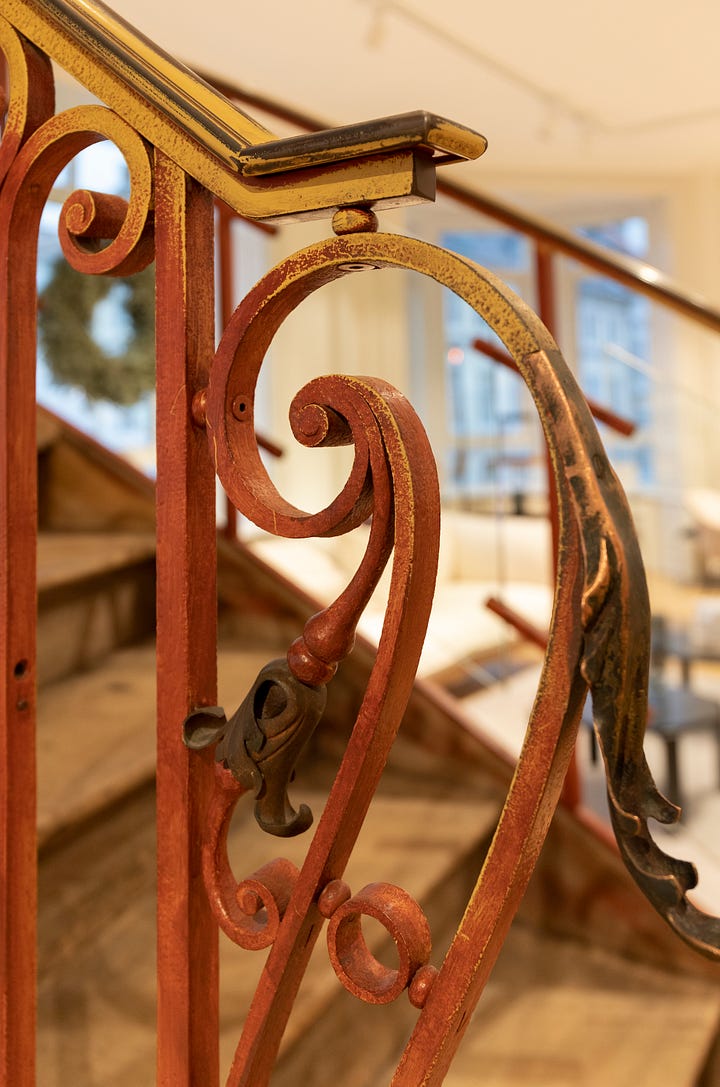
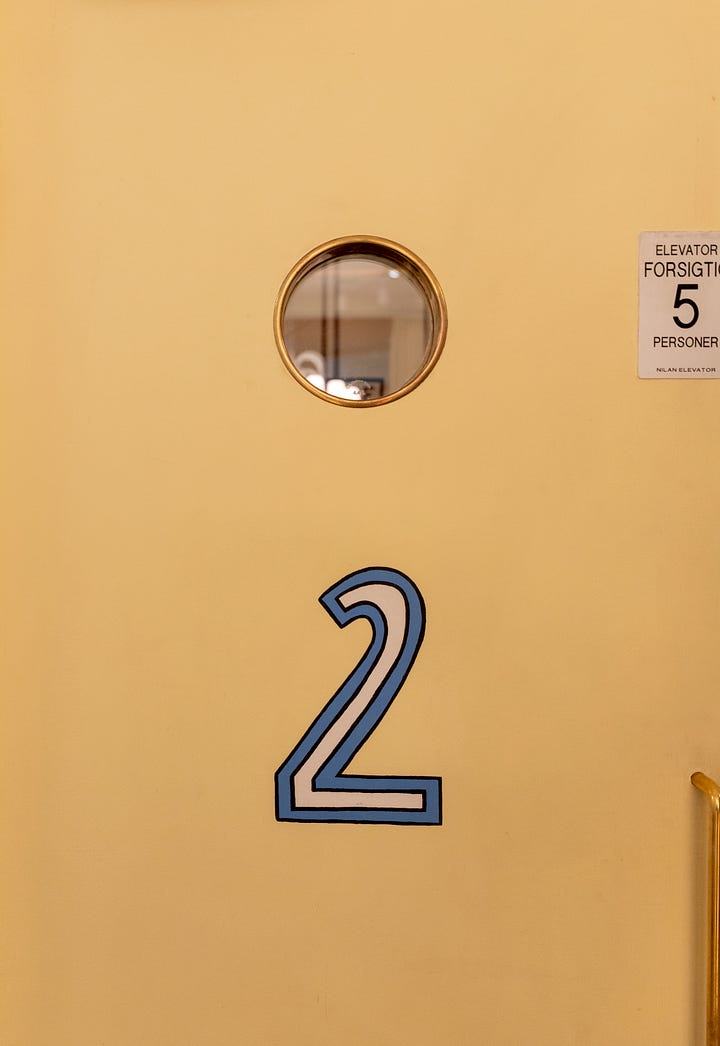

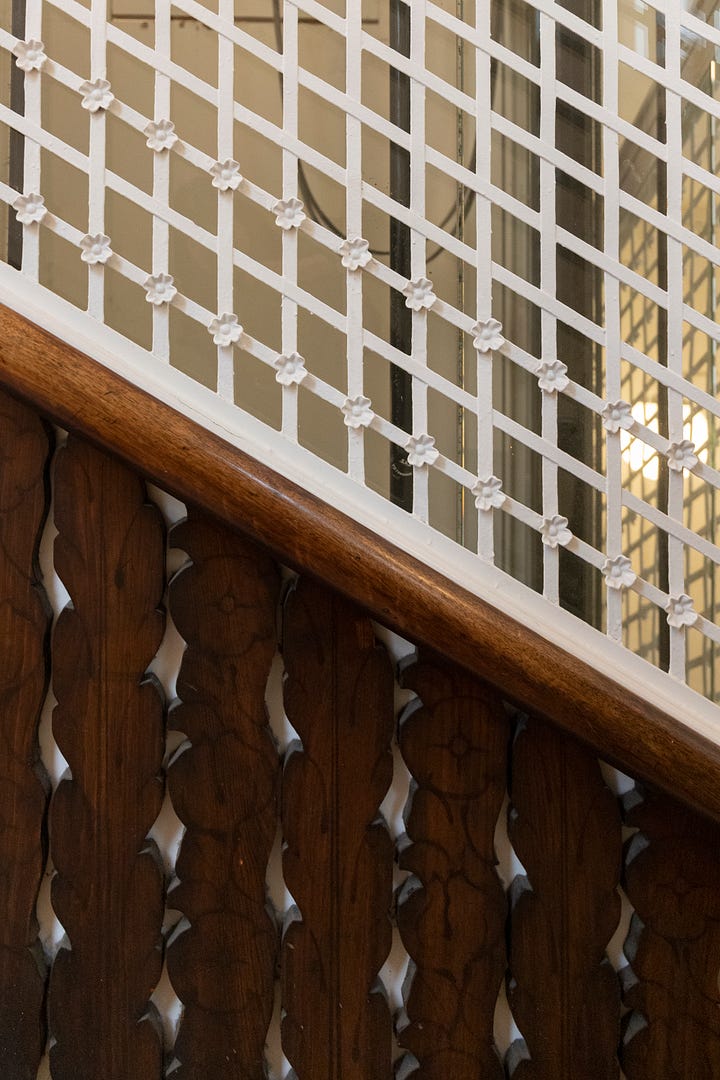
Related Notes:
You can purchase a print of the oil painting inside the Finn Juhl House, Portræt af Hanne Wilhelm Hansen (Finn Juhl’s wife!), from the Ordrupgaard online shop. Here’s also a nice timeline of his life.
Mette Hay gave Vogue some Copenhagen travel tips, which I didn’t see until AFTER the trip. So, a good excuse to go back…
We went to Tivoli Gardens, which is the world’s second oldest amusement park, built in 1843. I am incredibly fearful of rollercoasters/most rides, but I have a soft spot for this place purely because of its history. Plus, Charles and Ray Eames visited in the 1960s and took the most spectacular Kodachrome photographs of the thousands of lights. I wish I could share them, but I have to respect the privacy of my job’s assets. But believe me! They glisten. What I admired about Tivoli is that it didn’t feel cheesy or overdone. All of the rides are still very mechanically simple—but obviously updated for modern safety. The visuals and many attractions still feel old, but not decrepit. It truly is a time capsule and photographs simply don’t do it justice…except for Charles and Ray’s.
The food tour included: Danish “Christmas” hotdogs with a pickled red cabbage, pickles, and special Christmas sauce; Aebleskiver; glogg; open-faced sandwiches, and the above-mentioned risalamande. I suffered/healed from Covid recently, which inspired me to binge watch the Great British Bake Off. I never watch TV or movies, so watching a baking show season from 2018 was pretty out of character for me. BUT, I immediately fell in love with it, and was super happy to have coincidentally viewed the show’s “Danish week” episode just before this trip. When we arrived in Copenhagen, I was even more amped to eat aebleskiver!
Speaking of food, Apartamento released a second edition of All the Stuff We Cooked, by Danish chef and Copenhagen restaurants owner Frederik Bille Brahe.
If you’re running out of time to find a holiday gift for your art/architecture-obsessed loved one, you can:
xx
Merci, et joyeuses fêtes ! Happy holidays, and may you try some Danish Christmas dishes in your future!
Kelsey





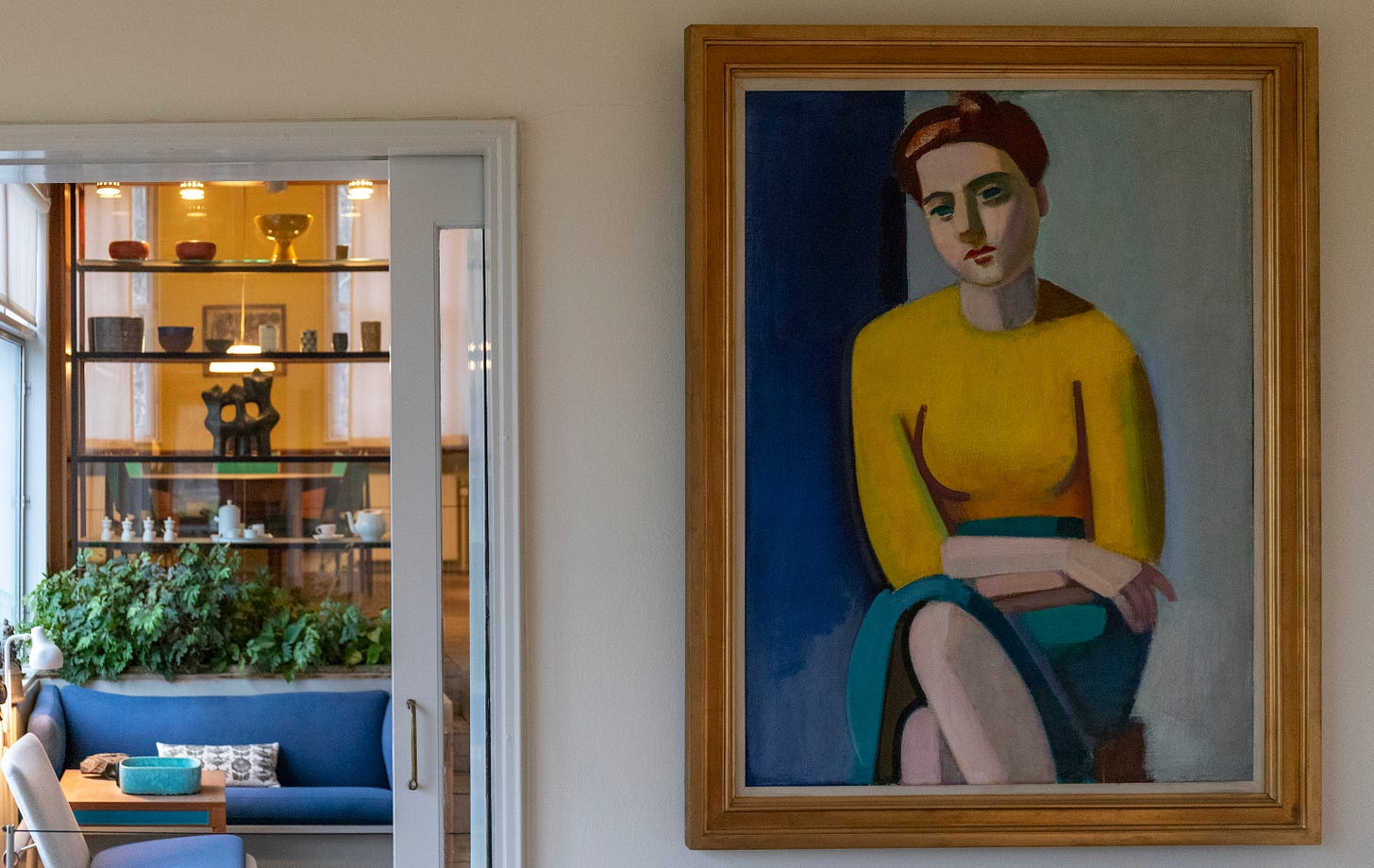
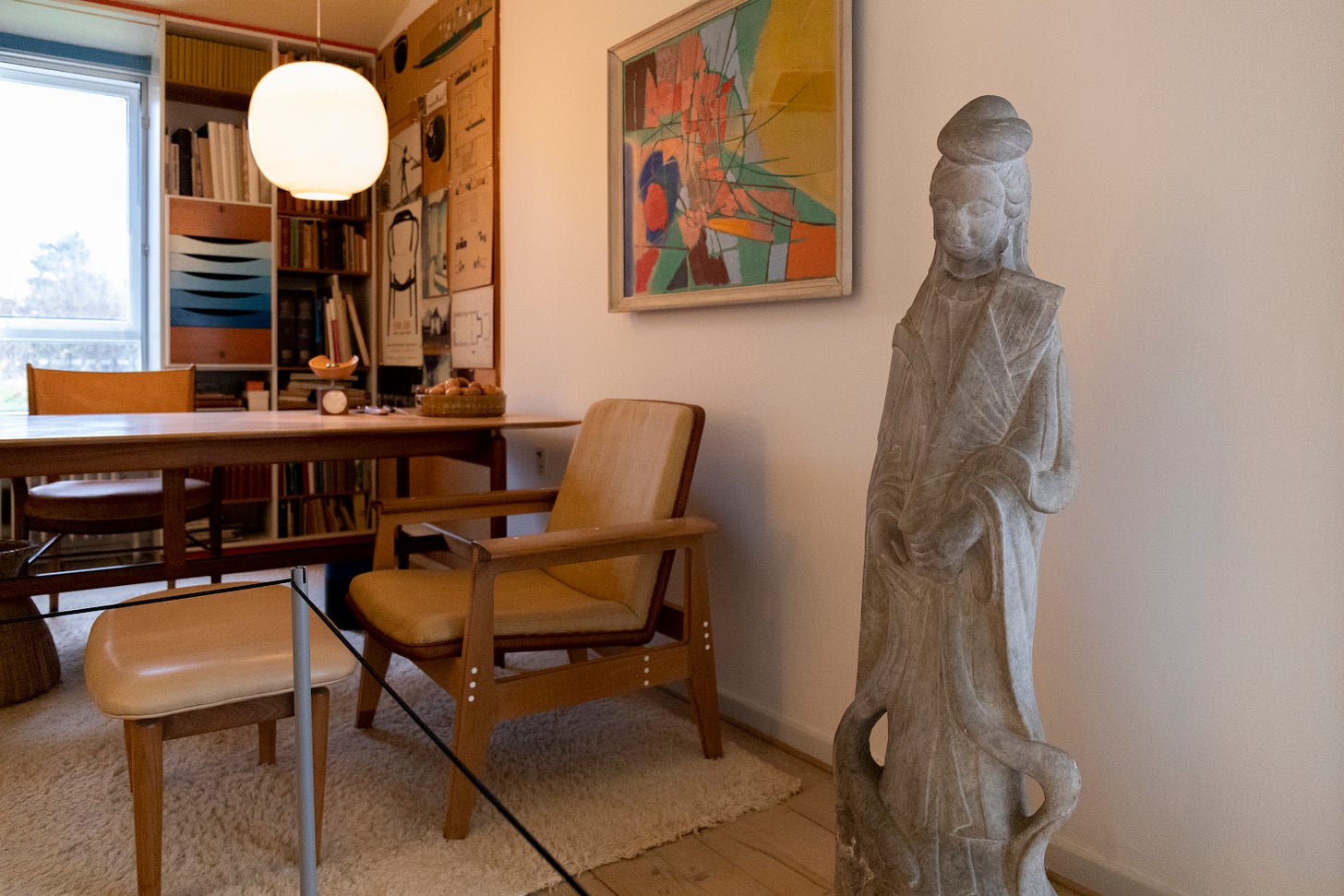
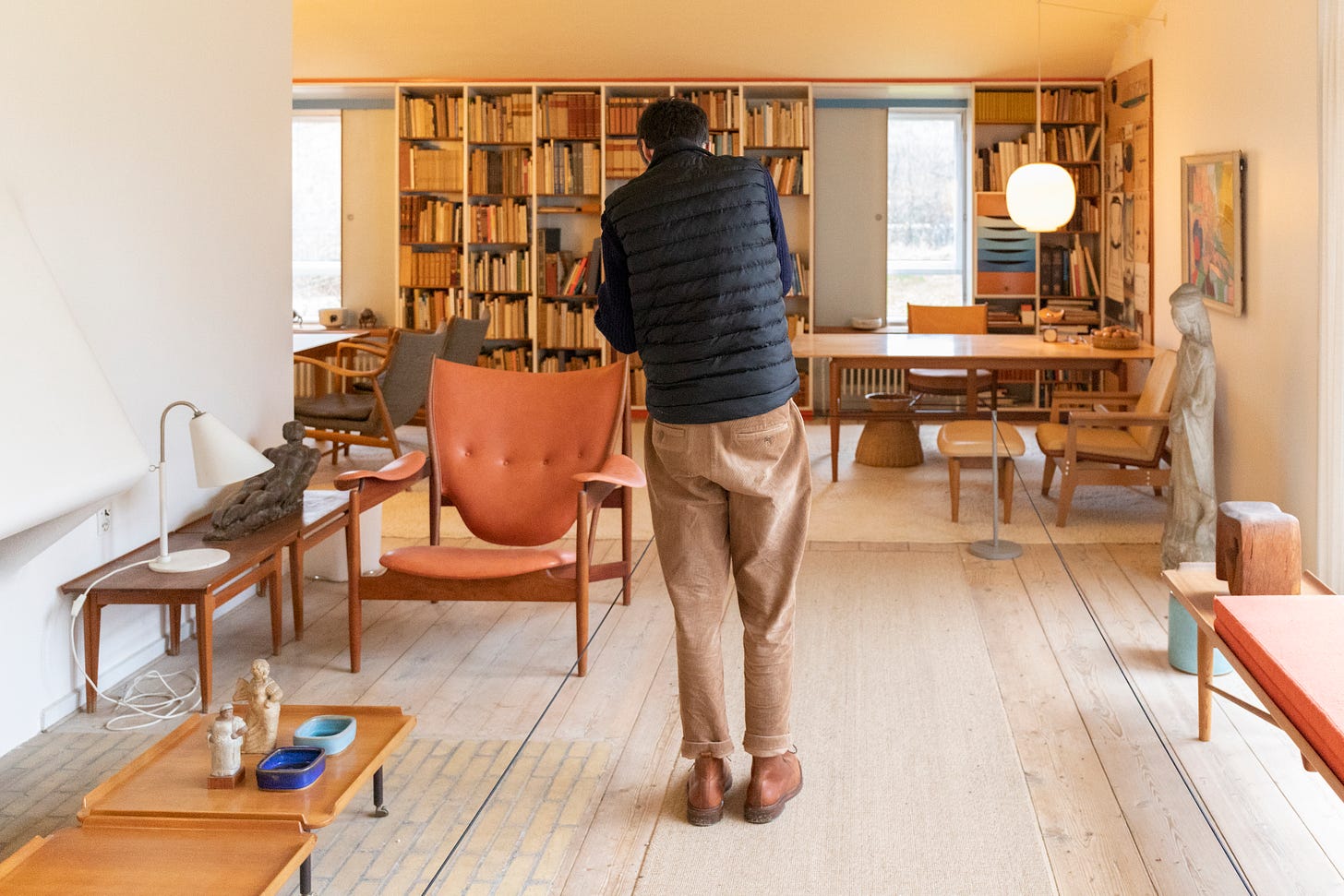
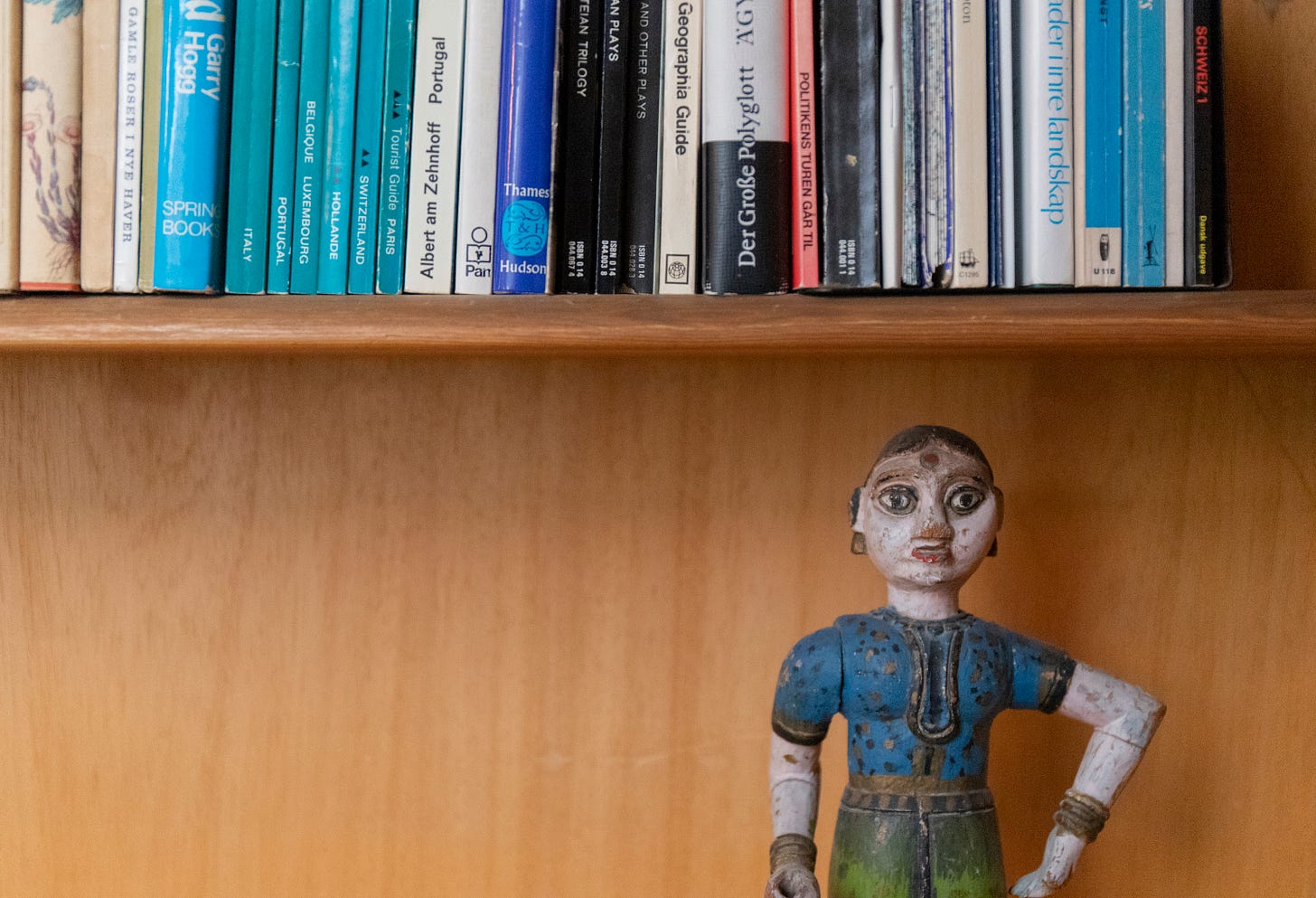
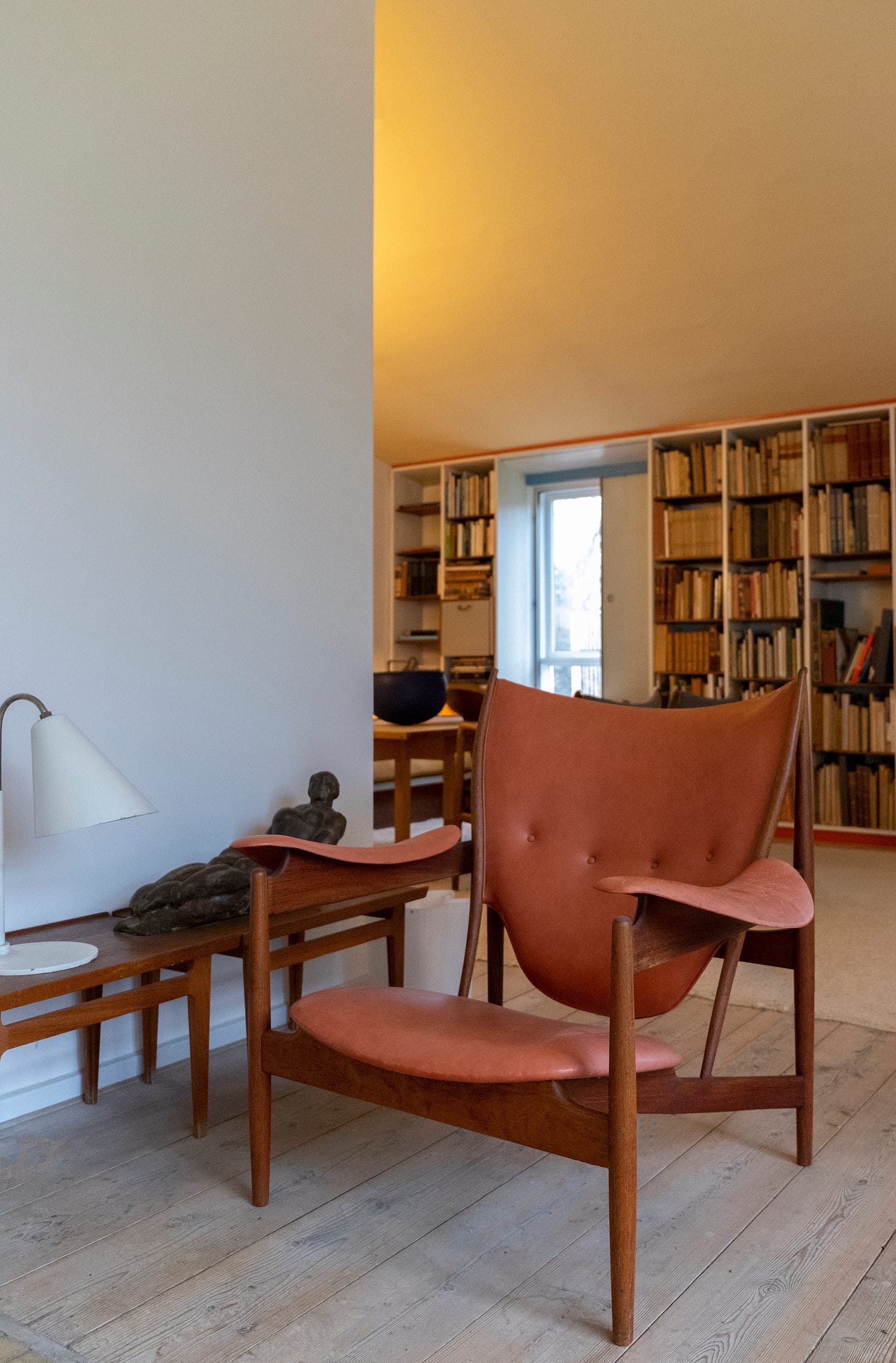


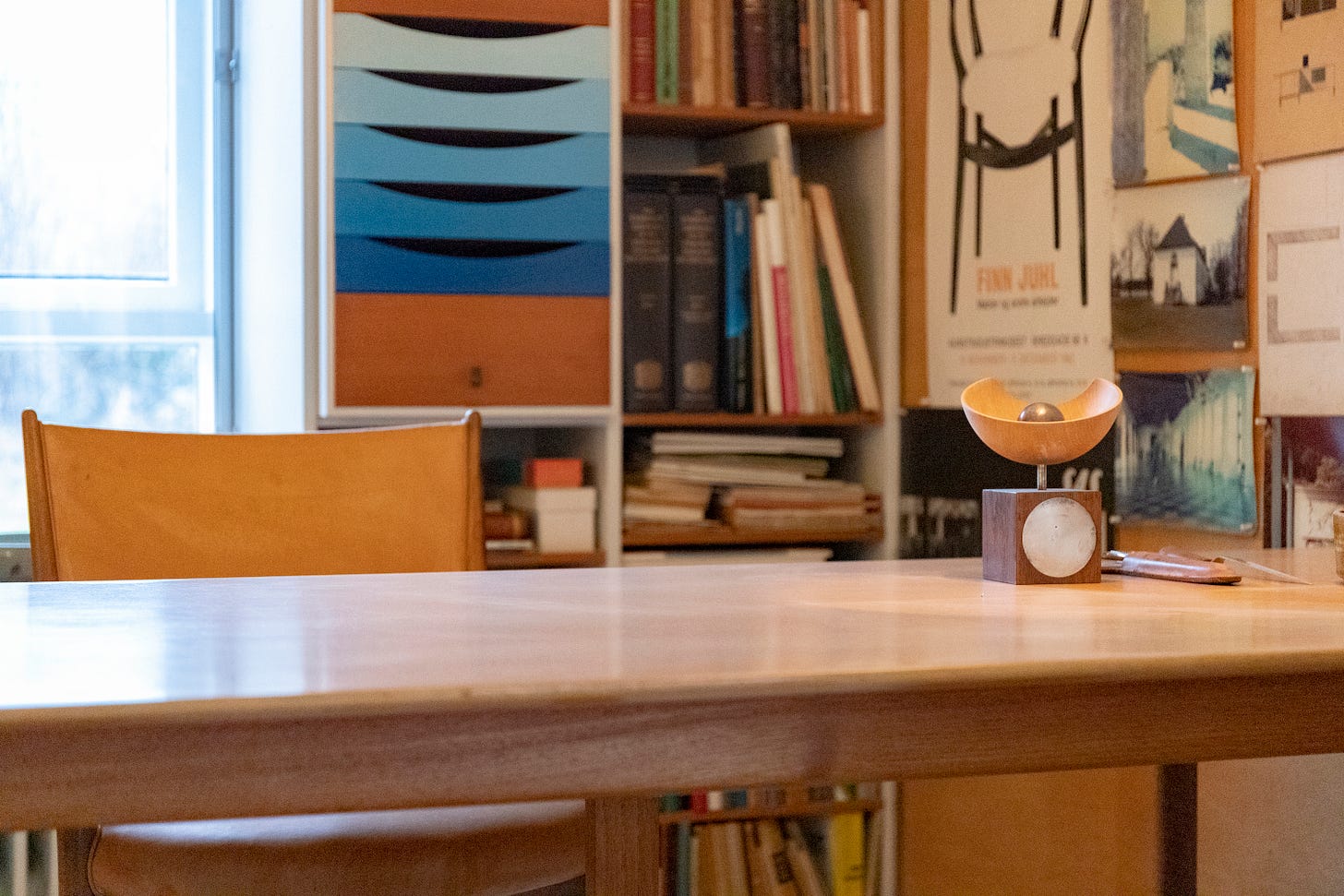
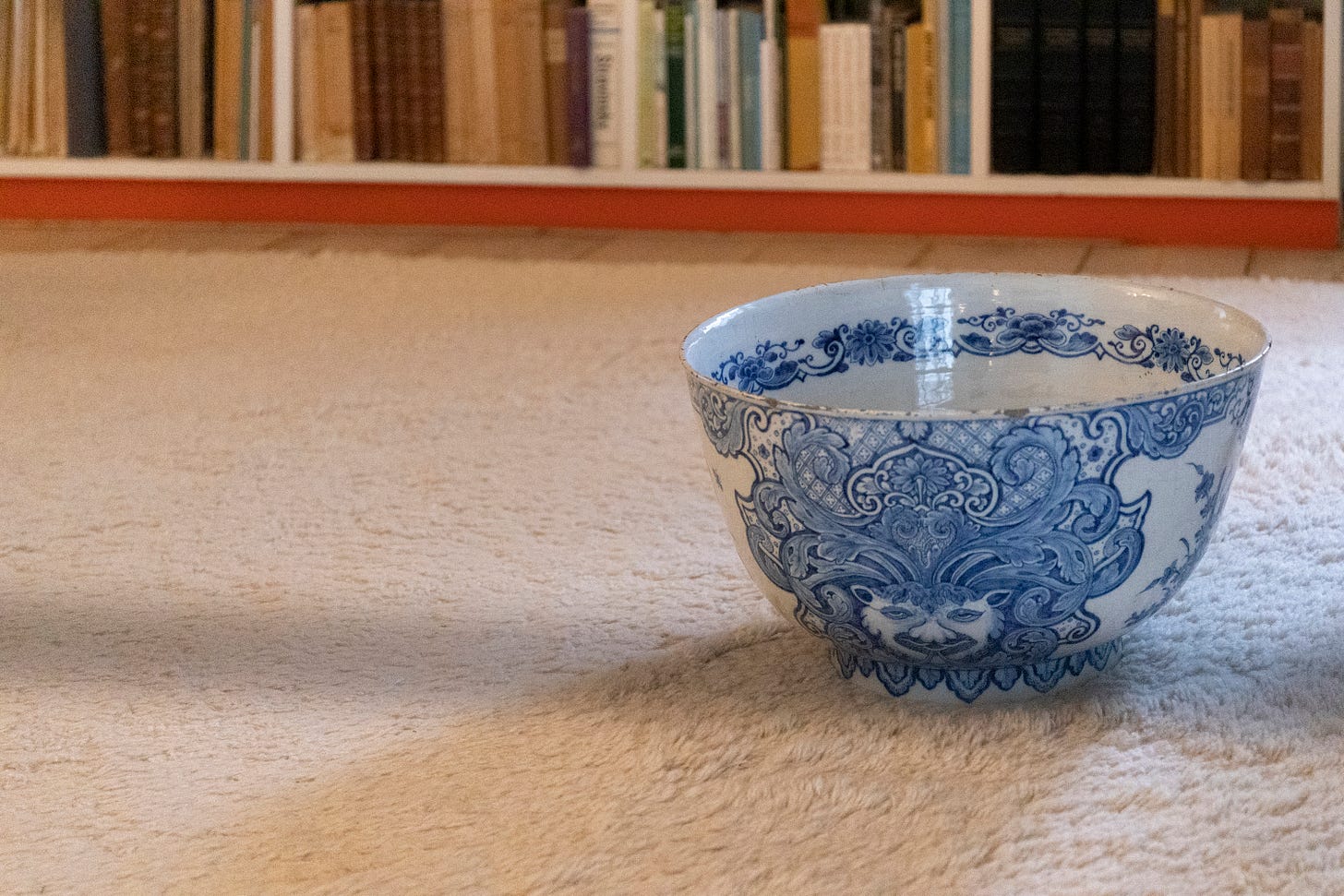

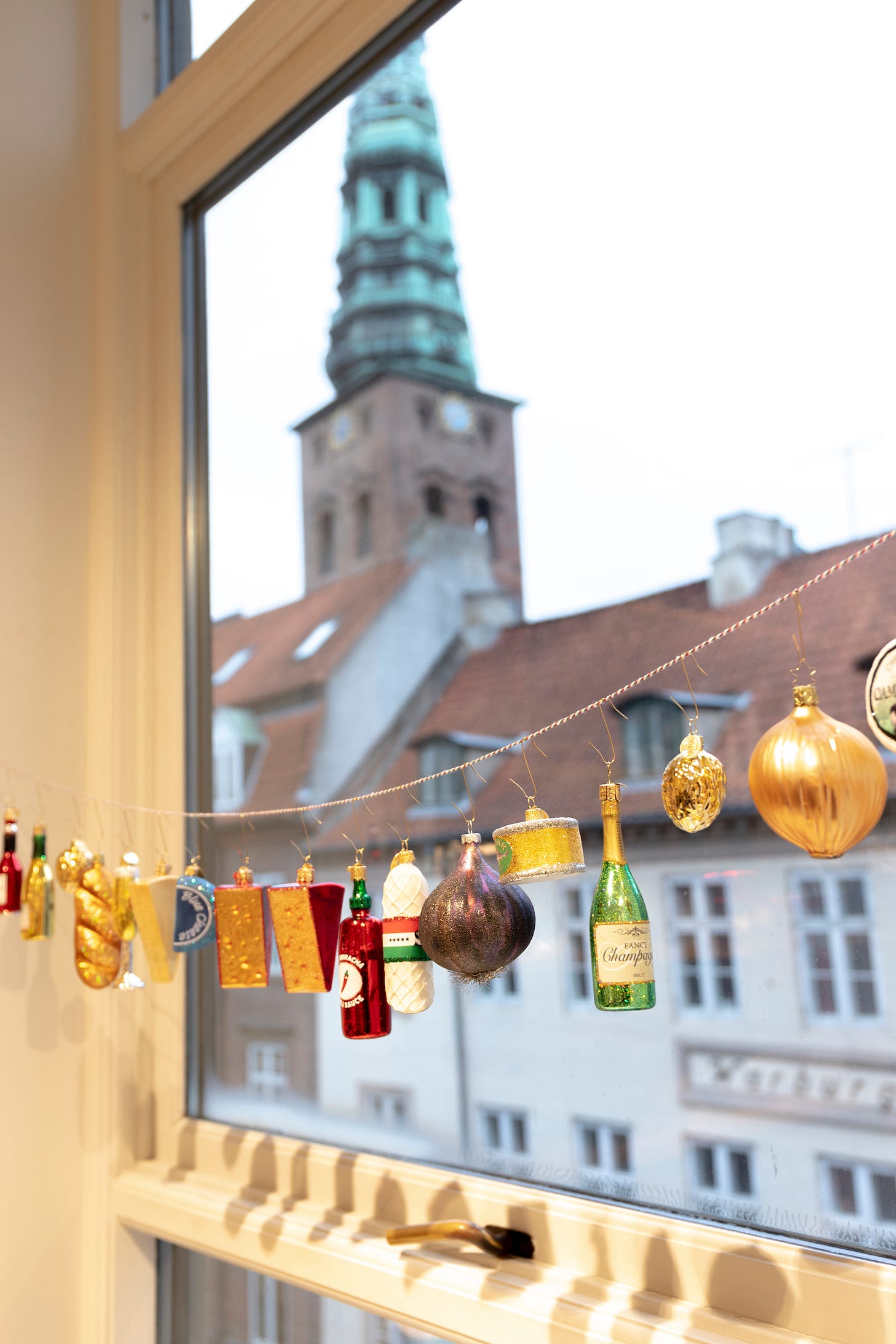
I so enjoyed reading this! Copenhagen is my favourite city bar none, and it makes me sad I haven't visited for a few years. I have a book about Finn Juhl which I pore over, but I have never visited his house, so that will be a must next time!
Thank you for the mental vacation, Kelsey! <3